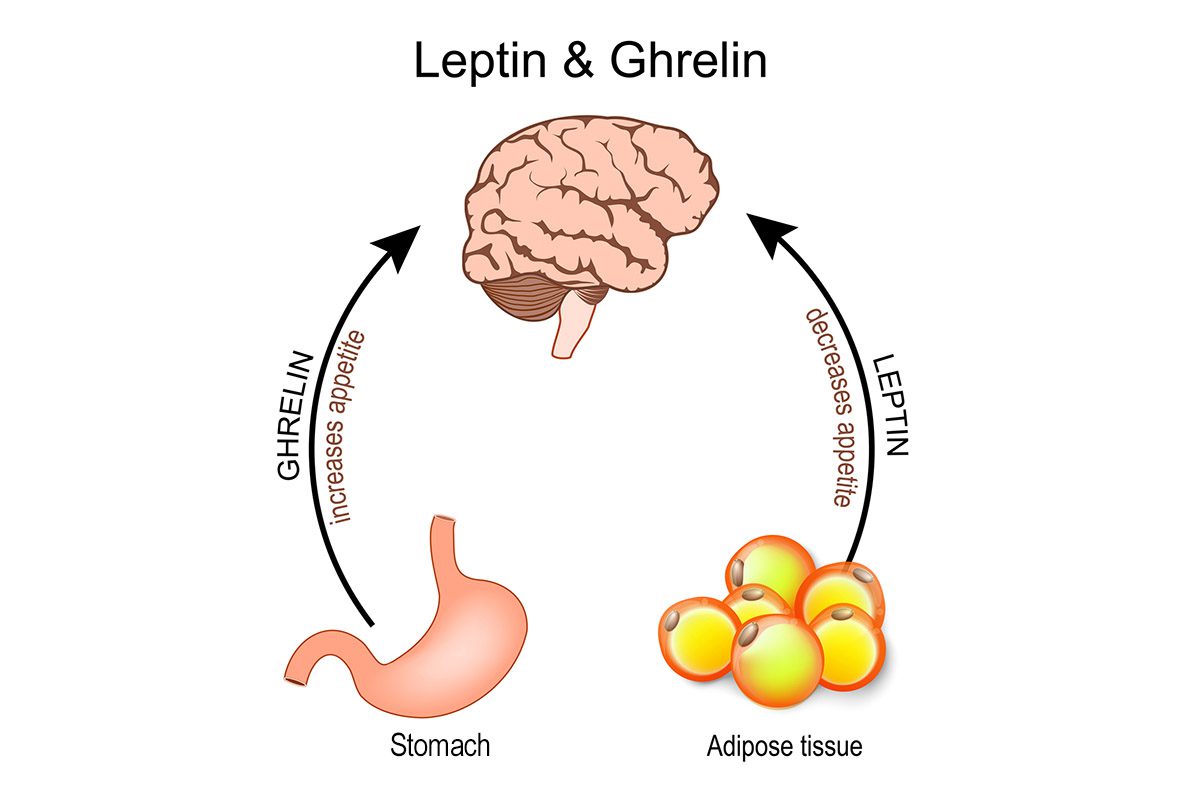Background: Eating disorders and alcohol use disorders (AUDs) commonly co-occur, although the patterns of comorbidity differ by eating disorder subtype. Our aim was to explore the nature of the comorbid relation between AUDs and eating disorders in a large and phenotypically well-characterized group of individuals.
Method: We compared diagnostic and personality profiles of 97 women with lifetime anorexia nervosa only, 282 women with lifetime bulimia nervosa only, and 293 women with a lifetime history of both anorexia nervosa and bulimia nervosa or anorexia nervosa with binge eating (ANBN) (DSM-IV criteria). All individuals were participants in a multicenter study of the genetics of anorexia nervosa and bulimia nervosa. We explored pattern of onset, Axis I and II comorbidity, and personality characteristics of individuals with and without AUDs by eating disorder subtype. Personality characteristics were assessed with the Multidimensional Perfectionism Scale, the Temperament and Character Inventory, and the Barratt Impulsivity Scale.
Results: Alcohol use disorders were significantly more prevalent in women with ANBN and bulimia nervosa than in women with anorexia nervosa (p = .0001). The majority of individuals reported primary onset of the eating disorder, with only one third reporting the onset of the AUD first. After eating disorder subtype was controlled for, AUDs were associated with the presence of major depressive disorder, a range of anxiety disorders, and cluster B personality disorder symptoms. In addition, individuals with AUDs presented with personality profiles marked by impulsivity and perfectionism.
Conclusions: Individuals with eating disorders and AUDs exhibit phenotypic profiles characterized by both anxious, perfectionistic traits and impulsive, dramatic dispositions. These traits mirror the pattern of control and dyscontrol seen in individuals with this comorbid profile and suggest that anxiety modulation may be related to alcohol use in this group.
Continue Reading...
Members enjoy unlimited free PDF downloads as part of their subscription! Subscribe today for instant access to this article and our entire library in your preferred format. Alternatively, you can purchase the PDF of this article individually.
Please sign in or purchase this PDF for $40.00.
Already a member? Login



